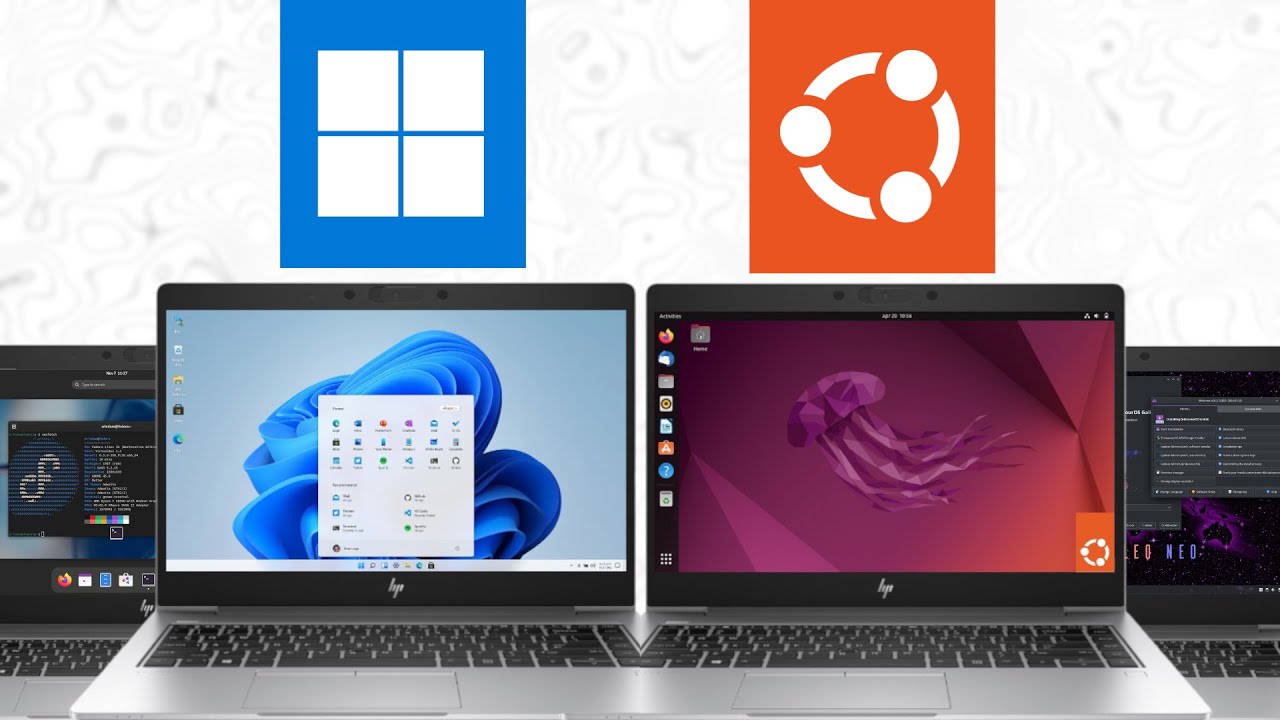Even though different Linux distros are often fairly close in terms of real-life performance and all of them have a clear advantage over Windows in many use cases, we can’t reject the fact that Arch Linux has undoubtedly won the competition. And now I’m so glad to have another reason to proudly say “I use Arch btw”
::: It was a joke of course :::
FreeBSD’s boot speed is just behind arch a little bit (on HDD).
But Windows 8 (with fast startup) on an core 2 duo machine with 1G of RAM boot faster than any debian, ubuntu. (the boot speed decrease when you upgrade hardware lol :) )
I had a Windows 8 machine (8G of RAM) in the past. It booted in like 15 seconds. But on Windows 10 or Linux it took more than a minute. Why didn’t Microsoft brought this feature to Windows 10?
What feature???
This very fast startup thing. On Windows 10 and 11 it doesn’t really work
No it works. When on my windows 10 machine boots in < 15s. When off it takes a minute (HDD)
Hmm in my case it was the same 1 minute +
Windows just losing in nearly every metric. Why am I not surprised? However fedora? What’s going on?
Where my openSUS at ?
Still updating
Haha yeah, zypper is so damn slow. I thought about trying dnf in opensuse but didn’t want to risk breaking my install.
Wait I thought DNF is the slow one. Is zypper even worse?
zypper is absolutely obsolete you don’t have parallel downloads and it has to connect for each package so when you have 1.2GB install omg
edit: If you have more than 1000 packages to update/install you’re in for a treat
APT doesn’t have parallel downloads by default either. But in my case it’s still 100 times faster than DNF, especially in terms of fetching. As I remember, once I had to wait for like 10 MINUTES to install htop on a Fedora live ISO. That’s why I gave Fedora and DNF itself a big red DNF and started using Arch btw
Jesus
Installation size:
Fedora - 7.7 GB
Arch (actually EndeavourOS) - 45 GB
Ubuntu - 49.2 GB
Windows - 72 GB
How the hell is Fedora so small? That’s insane.
What are these sizes from? All my Linux installs start with <20G root disks and end up with some spare.
And Windows at 72G? Whilst it’s more than Linux it’s not that much.
I think the videomaker may be failing to account for swap space. The latest Fedora releases use zram (swap that lives in memory instead of hard disk) by default, while the rest do not. Windows in particular does not take 72G and tends to be aggressive in swap allocation. The fact that he presents this data as “free space available” adds confusions while seemingly burying the simplest answer.
“Swap space that lives in RAM” No… just … no. Swap is for when RAM runs out/low. It literally cannot live in RAM…
Are you familiar with ZRAM ? I do not understand your certainty that I am incorrect.







